Guido Strazza (Santa Fiora, 1922) is one of the most significant figures in Italian art in recent decades. Discovered by Filippo Tommaso Marinetti, he debuted as a Futurist aeropainter and then became one of the leading Italian exponents of research on the artist’s sign and gesture. His career spanned almost a century: we met him at his home in Rome, where with great courtesy and availability he granted us an interview in which we talked about his art, his most important encounters, his relationship with ancient art and much more. The interview is by Federico Giannini. We thank Daniela Ruzzenenti and Chiara Gallo for their collaboration.
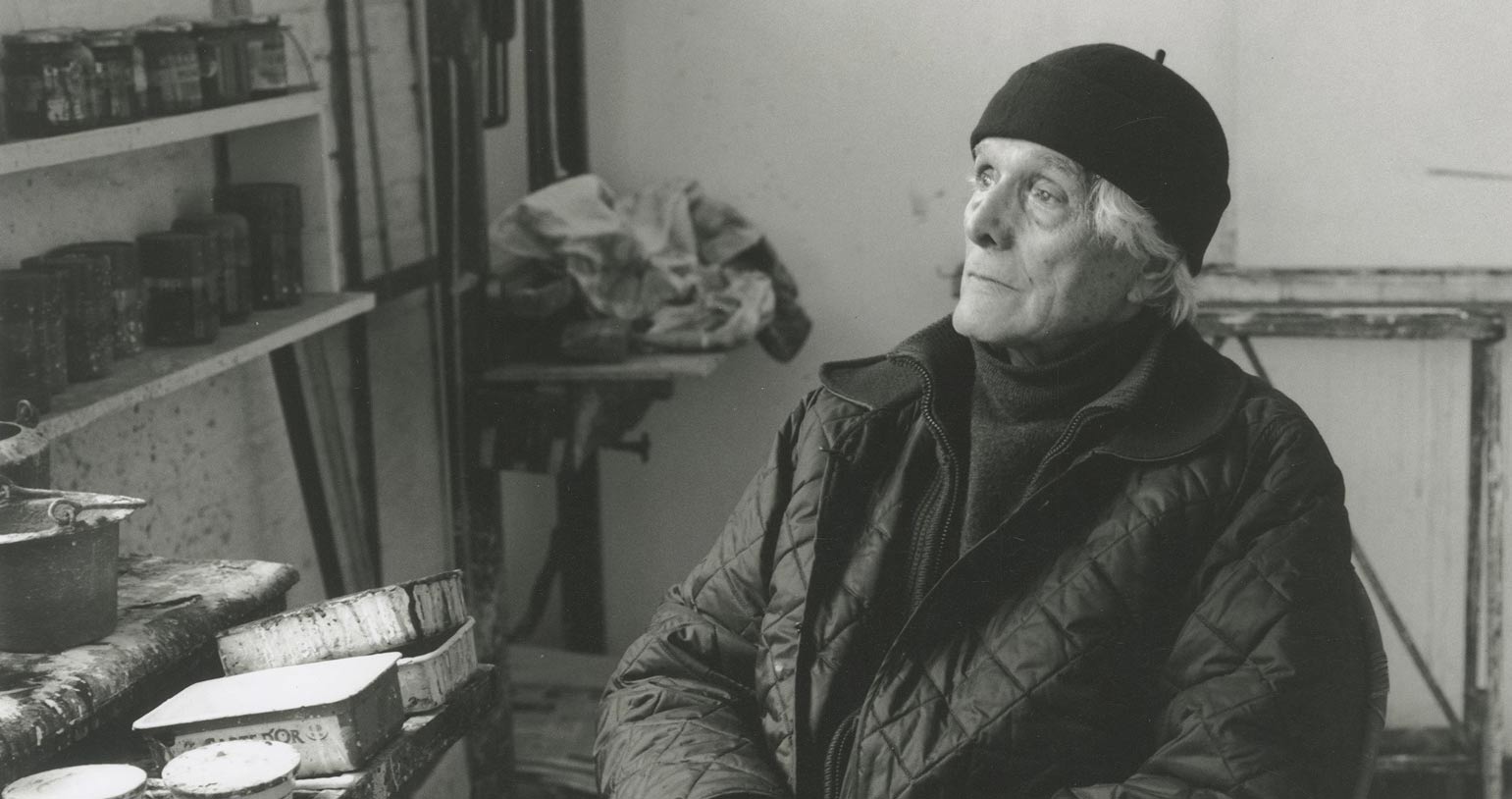
FG. Maestro, you trace the real beginning of your journey in art to your meeting with Filippo Tommaso Marinetti, whom you called your “master of modern art history.” What do you remember about your connection with Marinetti and how did he prompt you to embark on your successful career in art?
GS. At the time of my meeting with Marinetti I was already painting, and I had taken my pilot’s license (young people could take it for free back then), and not because I wanted to be an aviator, but because I was attracted to the view of the world from above: from up there, all values and all distances become out of time. Marinetti gave a lecture, here in Rome, I don’t remember exactly where: I had made some drawings, small works about flight and speed. That was my passion of the moment. I presented myself to him with my folder under my arm, and I said, “I would like to come and talk to you to show you some of my works.” He replied, “I can’t right now, come see me at my house.” He gave me his address in Piazza Adriana, and there I showed up two days later, again with my portfolio. I remember very well how he received me: he opened the door, let me into a large room full of books. There was only one chair, and she went to get another chair for me. We sat facing each other, and he, before asking me what I was doing and what I wanted to show him, said, “Do you see these things?” and showed me, all around, paintings by Boccioni, by Balla, by other Futurists. He immediately put me at ease by making me enter a world culturally very close to me, and he talked to me about painting as if he were a painter talking to another painter. I showed him my things and he said these words that I remember very well, “Your theme is speed, your sign is not a definition of something that is there, but of something that is being made. You are really a young futurist.” At those words I was moved! And then, after seeing my works, he told me he wanted me to exhibit them: so in 1942, he invited me to the Venice Biennale, with my works as an aeropainter. I sent some drawings and a work to Venice, which I later lost. This was my relationship with Marinetti, a relationship that for my life was extremely important also because from him I had great encouragement to continue. And then a barrier was broken that I felt unconsciously, within myself, between me and those older than me (I was very young, in 1942 I was 20 years old).
“You are a young futurist”: this is what Marinetti had told you therefore. But would you have called yourself a futurist?
I didn’t even really know what futurism was! I learned it from him after our meeting, and after he showed me paintings by Boccioni and other Futurist artists, I began to research, to inform myself. I didn’t feel I was a futurist, but as I studied and delved into the movement, I realized there was a certain relationship with my very gestural, not calligraphic sign. "Gestural means speed, impulse. They were futurist concepts that I later found in me. At that time, again, I knew very little about it, I would understand it well in time! When I turned to Marinetti, it was not because he was the champion of futurism, but because his lecture was so open to the young and the future, that he pushed me to talk to him and gave me the courage to show him my work.

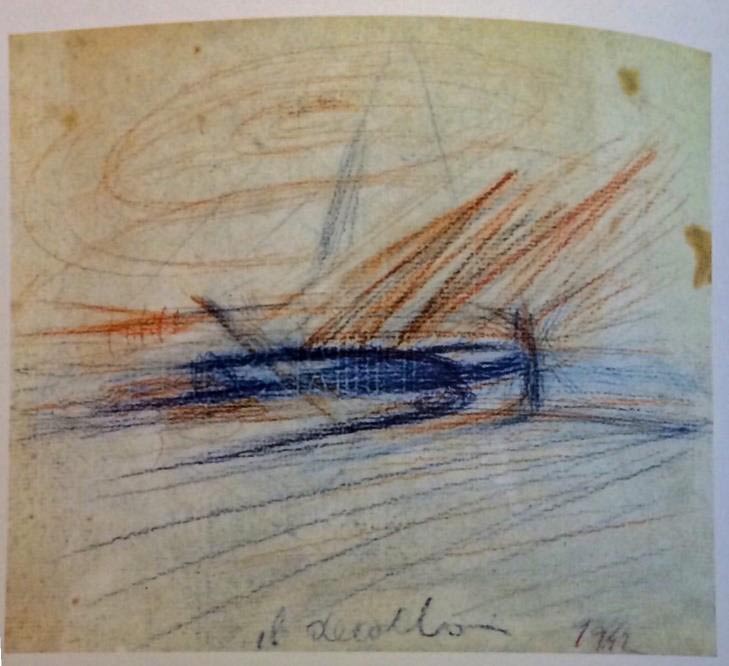

The next season, the post-war period to be clear, is dedicated to the great intercontinental journeys: what do you remember of that experience, what travel was for you and how did the experience of travel have any reflection on your art?
Meanwhile, I had graduated in engineering and was already working: I had laid the foundations of the Fiamma Cinema building in Rome and was working on that site. As a young man I had an enviable position: I had a job and I wasn’t thinking of being a painter. When I decided not to be an engineer anymore, it wasn’t because I didn’t like the profession: it was because other worlds had opened up to me. It was postwar, a very difficult time, somehow it was as if I wanted to escape from Europe, I was looking for new horizons, new dimensions. My father had been in Peru for work and had told me wonderful things about what he had seen. I didn’t want to think about a career, I wanted to follow my imagination, and I left for Peru. I was leaving Europe to open myself to new horizons. I did not go by plane, but boarded a cargo ship that took a month to get to Peru, stopping at every port imaginable, loading and unloading goods. I had learned some Spanish and immediately became fascinated by that new world that opened me to new dimensions of space and time.
This search for new horizons, moreover, led you toward another “discovery,” the Balzi Rossi caves in Liguria, a site where, Fabrizio D’Amico wrote, you discovered “the mystery of a sign that comes from afar and that reveals, sudden and certain, beyond any linguistic code, its truth.” According to many critics, your research on the sign, which has affected a large part of your career, would have stemmed from here. What is sign for you?
A painter’s sign is the trace of a gesture. Gesture leaves a trace, and what we see on paper is a sign. The sign is a dimension, a direction, and in particular it is a direction with respect to the universal parameters, which are the vertical and the horizontal: the vertical is the direction of gravity, the horizontal is the line on which the vertical is projected . The sign is related to the primary forces of the world, to the gesture, to the path of the gesture. Gesture is sign.
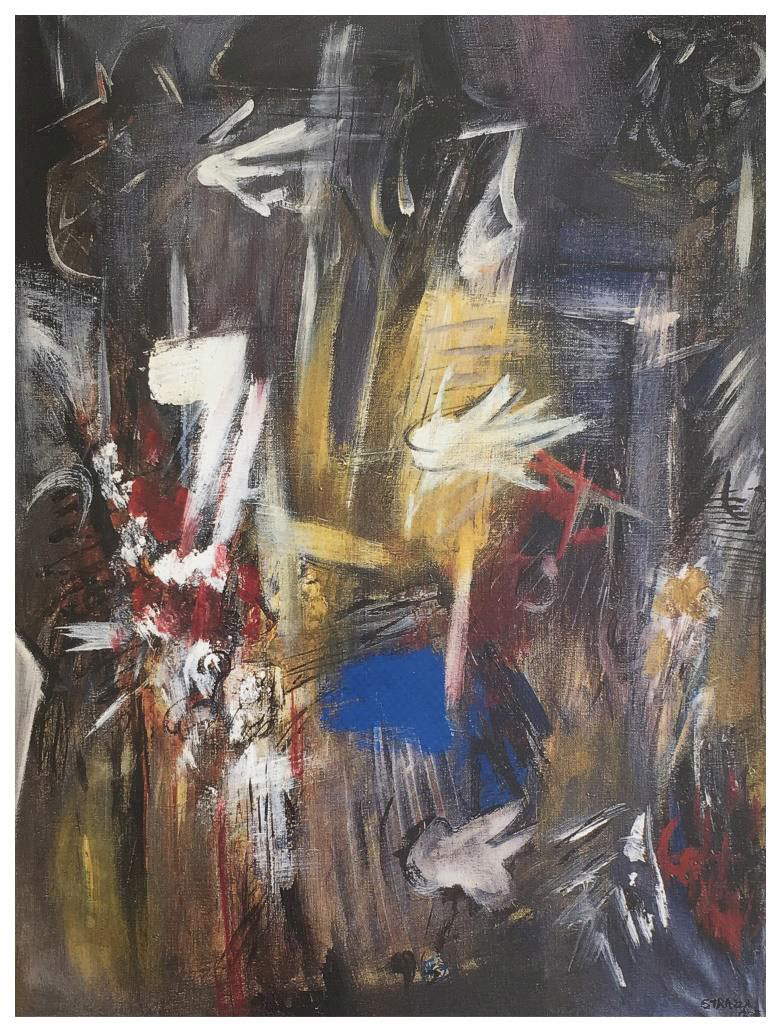
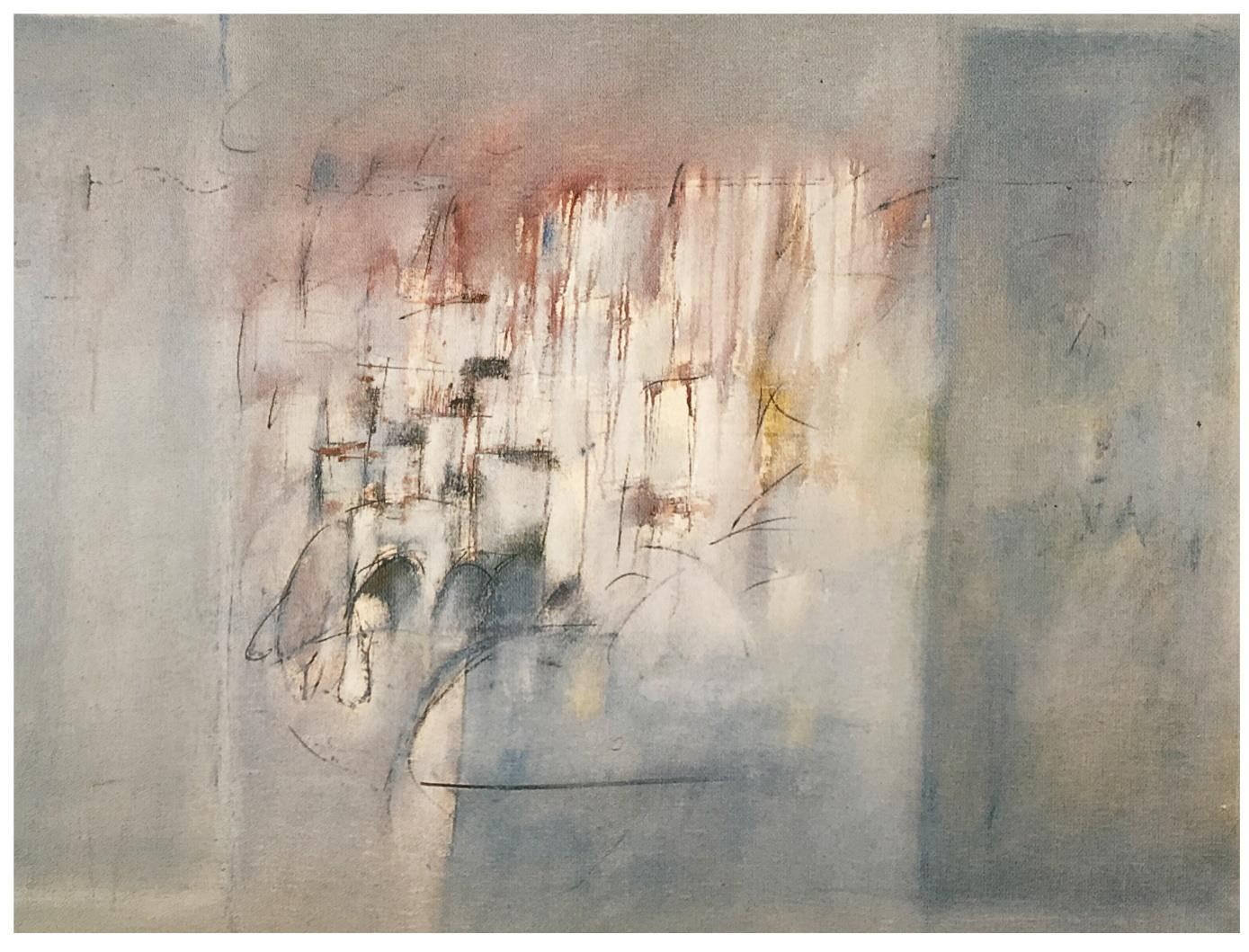 Guido Strazza
Guido Strazza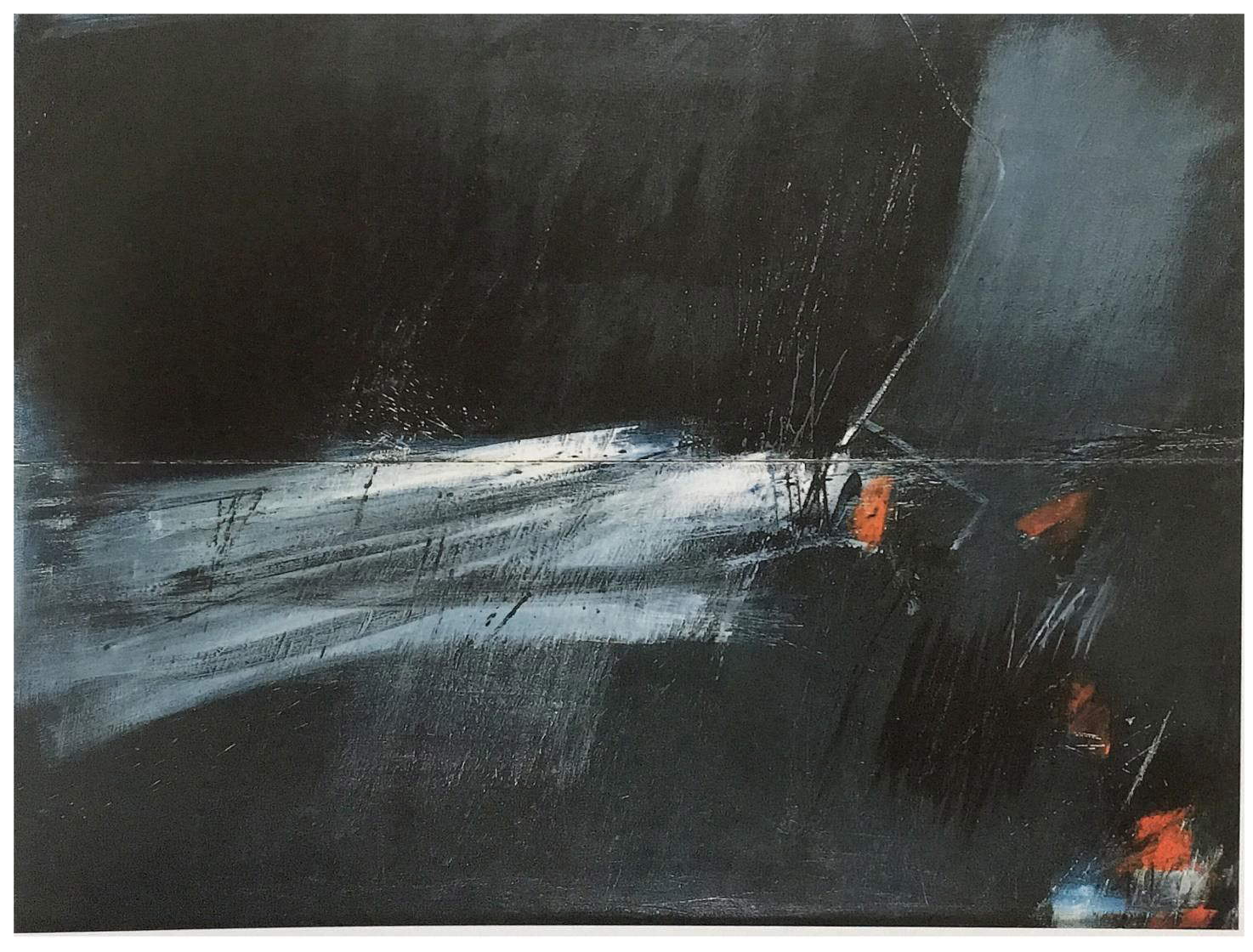
Critic Nadia Marchioni, referring to his series of “Dutch landscapes,” has written that these very works born out of one of his trips to Holland represent “the most immediate expression of the duplicity that pervades Strazza’s entire oeuvre, of that ’ambiguity’ of signs and existence that could be the key word for entering the artist’s universe.” Here: continuing to talk about the sign, and thus referring to that ambiguity that a part of the criticism has found in His sign, I ask if there is a key to decipher His signs, to get to their essence, to reveal this ambiguity.
It is a philosophical ambiguity: the sign is finally a measure. But the measure is always in relation to the non-measure of our managing. The sign I can measure, my managing I cannot measure. It is like a word first thought and then said, but what you know of the word is what you understand of it. There is always a distance between the word intended and the word spoken, as between what is said and what is done, and the same goes for the sign.
The other predominant element in your art, according to some indeed the constitutive element along with the sign is light. What is your way of approaching light, of interpreting light?
Light is that energy that allows us to see. But from the painter’s point of view I would say that light is all colors together. It is the highest energy. Shadow, blackness, night, on the other hand, is the absence of energy. It’s like saying that light is of the active world, shadow is of the world that is quiet, that folds in on itself, that thinks of itself.
You have also often looked at the ancient, with a gaze that we might think unusual for an artist who has produced for a large part of his career a painting made of sign and light. Yet Your relationship with the ancient begins far back in time, when between 1944 and 1945 You visited the churches of Rome undergoing the fascination of ancient mosaics, frescoes, but we could also mention the role of Piranesi’s art and several other encounters with ancient artists. What ancient experiences fascinated you the most and how does your art dialogue with the ancient?
I feel and see ancient painting as a relationship between signs. In the period you mentioned there was still the war: I was very young and I used to go around Roman churches for cosmatesque floors (to which I later devoted myself pictorially) and for frescoes and mosaics depicting martyrs. I would see the cosmatesque floors of the churches of Rome and find in them a perfect relationship between measure and non-measure, small imperfect tiles that in the geometry they make up become absolute and perfect measure, perfect measure of non-measure. A sign of the absolute that governs all things in the world. I saw it almost as a message of the great mystery of the world, a small imperfection that in the overall composition becomes perfection that points to something beyond us. Instead, in the bloody images of the martyrs, I perceived the laceration of the contemporary time I was living in, and I made a series of drawings and figurative paintings of them now in the Vatican Museums and the Citadel Museum in Assisi. That experience revealed to me how somehow painting, sign, gesture were already from the beginning a constituent part of my nature. And it also contributed to my decision to leave Europe, because I saw a correspondence between the martyrdom of the saints and that to which my country was politically subjected at that time. As for other experiences, I can mention two names: one is Piero della Francesca, an artist who in my eyes as a painter is the ultimate example of the balance between measure and non-measure, that is, of the imagination that becomes absolute measure, but it is a measure that is not pedantic and not descriptive, a measure that has to be accepted as philosophical and absolute, and that cannot be reduced to quantity or numbers. In that painter I felt this balance. You then mentioned Piranesi: he is the second artist, such an important artist, because if you look closely at his etchings, his precise subjects, his sign (especially if you look at the details) is a totally gestural, impulse sign. Piranesi was able to combine this outsized impulse into a larger and greater measure, which was that of the complete work, so that all his work vibrates with an internal vitality. It is as if he says, “I am here,” but a moment later he becomes another





Engraving plays a very important role in Her art. Antonio Pinelli wrote that She assigns to etching “a role of advancement and clarification that only it can play because of its intrinsic maieutic capacity,” and that etching is for you a “sounding board capable of analyzing and uprooting from the tangled ball of indistinctness that lump of energy and memory that is the substance of the artistic gesture,” as well as revealing the most secret impulses of art making.
Engraving is for me a sign that is made at different times. Let’s leave aside traditional engraving, which was born and lived as a reproduction tool when photography did not exist, and artists made their work known by commissioning special professionals to make engravings of the images of their paintings, which they then sent around the world. So engraving, originally, was a reproduction tool. Then when there was no longer a need for engraving as a reproduction tool because there were more precise ones (printing, photography and others), engraving became an autonomous art, and it is an art that extends over time, because it is not only made by the proof that you see in the sheet of paper. Engraving knows various moments: the engraving of the plate, the inking of the plate, the first proofs, the retouching of the proofs, and the final proof. All these different moments correspond to non-final proofs, which cause the concept to emerge, the idea of the work that is made as a close dialogue with the material and the artist,, which receives “the offense,” let us say, of the burin, and responds with its own deformation. It is a making of sign repeated over time.
How does an activity that is so intimate to you relate to painting? In what relationship are engraving and painting in your art?
Painting is more direct. Engraving, on the other hand, demands a long process of implementation. Painting can immediately transform a gesture, a thought, into a painted sign. Which in engraving is not possible.

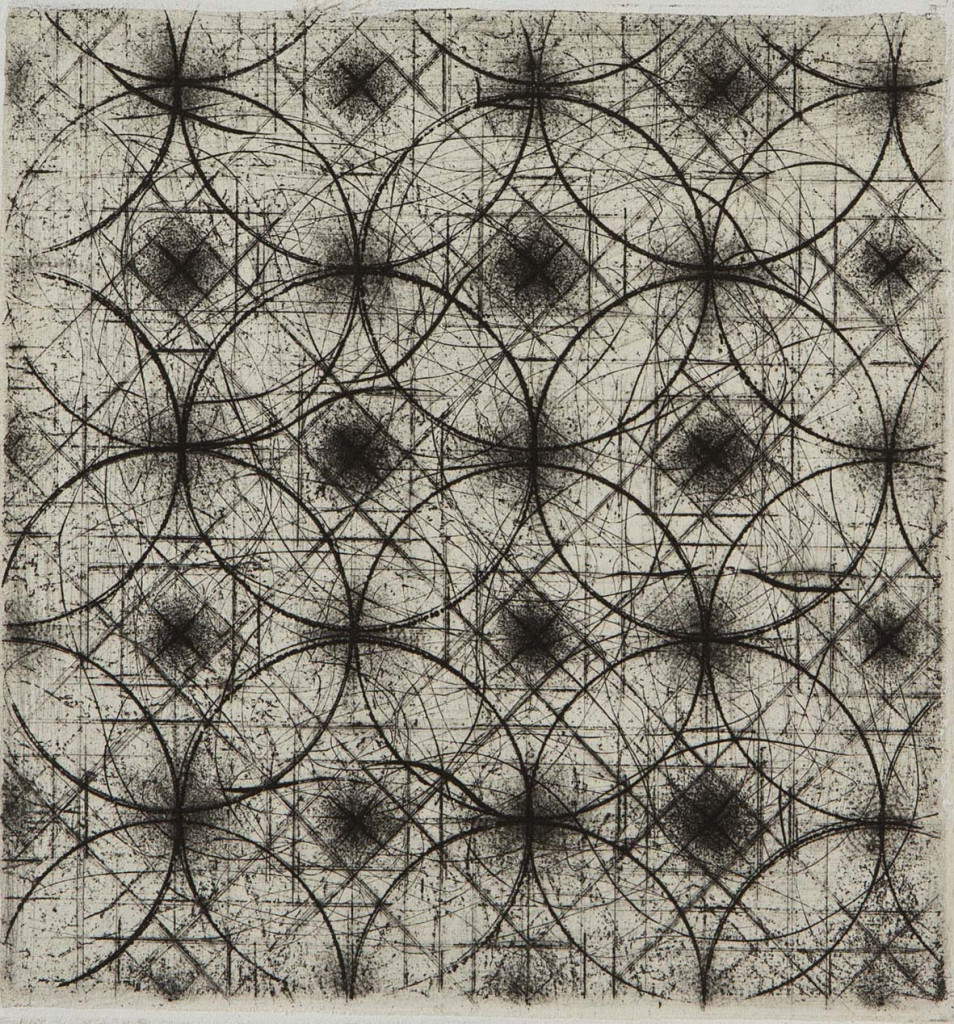

In what relationship, on the other hand, have you placed yourself with the market during your career?
I have always been a solitary artist, naturally a participant in the trends of the moment, however always lived according to my research on measure and sign. I have had important gallery owners, especially in Milan, but the economic part has never been the motive of my work, and my stubborn character has not facilitated me. In Rome especially, because of my character but also and above all to stay true to my research, I always kept away from groups and movements.
Yours has been a career that has spanned almost the entire twentieth century and the entire beginning of the twenty-first century: you have always described yourself as a reserved and shy artist, but in all these years an artist of your relevance I imagine you have made some decidedly interesting encounters. Which ones do you remember most fondly?
One in particular, my meeting in Milan with Lucio Fontana. He was a very lively man, very outgoing. I went to one of his exhibitions, told him I wanted to see his studio, and he replied telling me to go and see him the next day. In that studio I found canvases leaning against the wall on a shelf, the floor full of shavings, a kind of forest of shavings, and on the wall some cuts, Fontana had just started to make his cuts. When I went to see him he took a blade and, as if he was doing it for me, he made a cut on a canvas: it was for me like the revelation of making a mark as a wound of matter. I used to think, and I still think, that matter stands there, is indifferent, and then someone comes along who transforms it, wounds it. So matter enters into a close dialogue with the artist, because that cut that Fontana made (or the sign that I make by drawing and painting) I see it as a response of matter, and for me this was then a revelation, I no longer saw painting as a strictly personal thing, but as something that concerns anyone who has eyes to look and to see. I would say it was like a sign of eternity: it was not something that could stop. And Fontana gave me the exact sign of this symbol of eternity.
This recollection of Fontana by you gives me a way to introduce the last question I would like to ask you, Fontana having been a very forward-looking artist. Here it is: recently, on the occasion of the exhibition held at the Central Institute for Catalogue and Documentation last year, you said that he is always “leaning towards tomorrow,” and that he does not look so much to the past as to the future. It’s kind of the same attitude that Lucio Fontana had, I would say. But how do you see this future?
At my age the future is short: I totally identify with the works I have made, and these works I hope have a future. So I think of the future as repeated reading of signs. And as far as I am concerned, of my signs. So much has been said about the “death of art,” but I think that art, like philosophy and the mystery of the beyond, are part of the very nature of man. So as long as there is man, there will be art, there will be thought, there will be mystery.

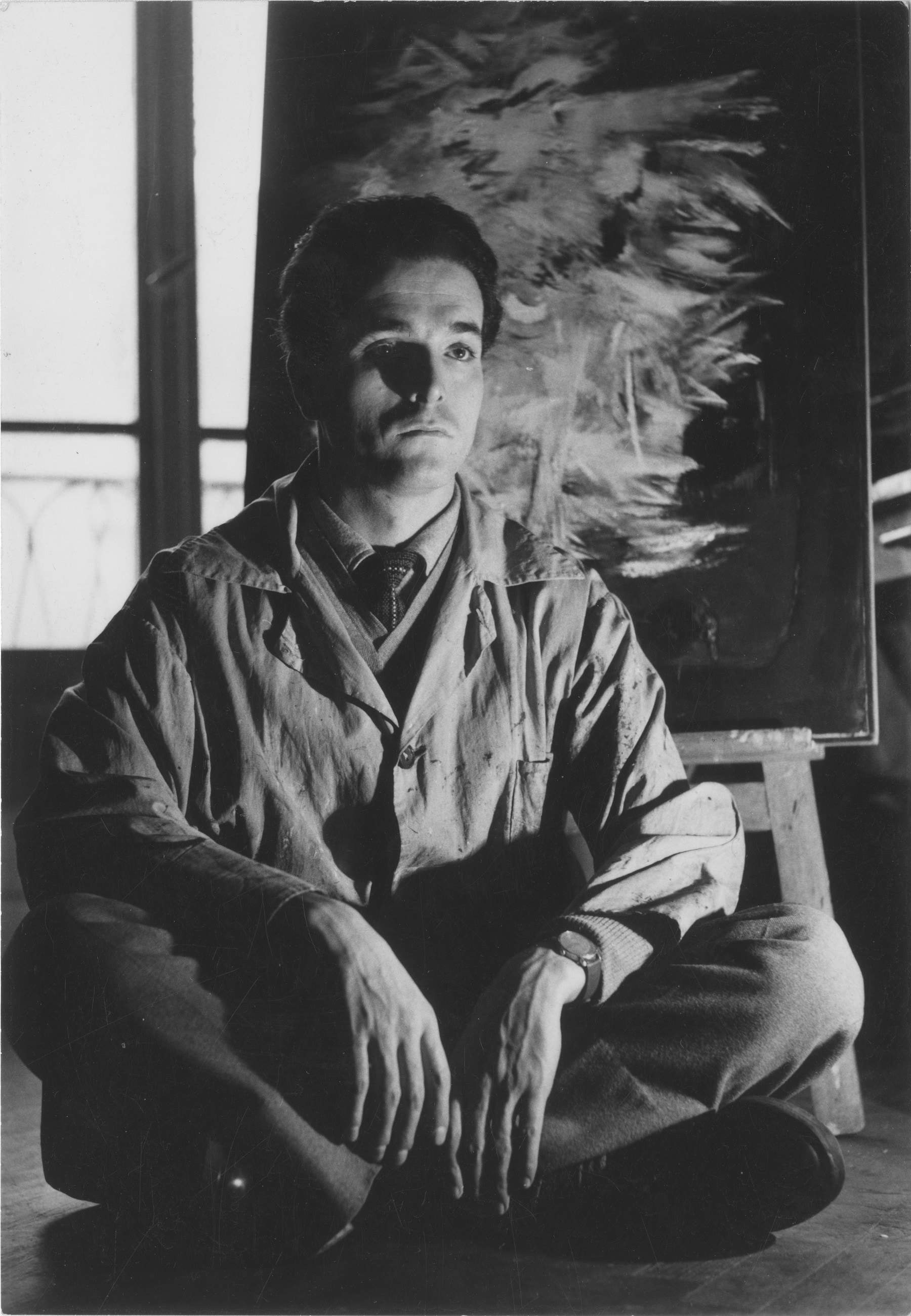
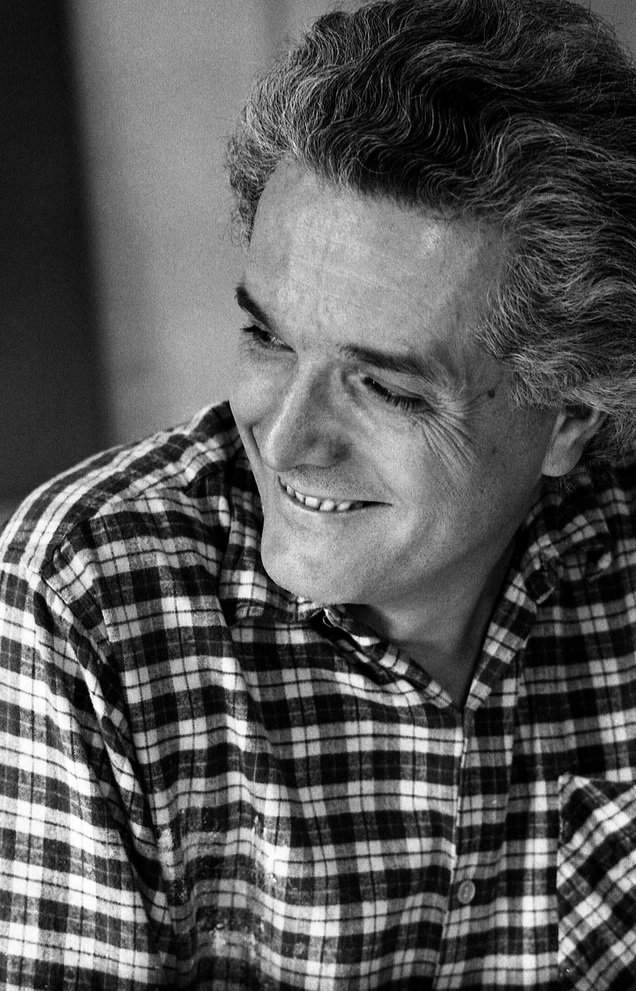

Warning: the translation into English of the original Italian article was created using automatic tools. We undertake to review all articles, but we do not guarantee the total absence of inaccuracies in the translation due to the program. You can find the original by clicking on the ITA button. If you find any mistake,please contact us.